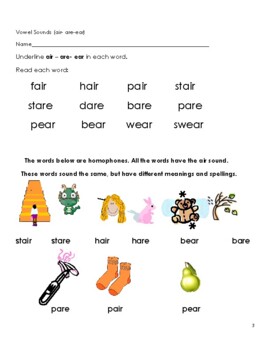

Then another quick check with the second fret E to tune up the low and high E strings and the open B. In standard guitar tuning, the open string notes are tuned from the lowest (E 2) to the highest (E 4) to sound the pitches E, A, D, G, B, e ( 1 ). Then for the G, I'll usually do the standard fifth fret on the D string. Otherwise, fret the D at the 7th fret and tune the A to that. If you are pretty close it's not too hard. For fun, you can just try open D and open A, and see if you can hear the fourths. Sometimes I'll use harmonics, depending on the guitar. Next get the A string in tune, again referencing the D string. If you tune by fretting one string & comparing it to the next open string, there is the chance that 1) the guitar is inaccurate enough or 2) your precision in making each comparison is sufficient that by the time you reach the last string, even the octave Es no longer match up. You can also try to tune the open B to your second-fret E in fifths. The thicker the string the more the difference in tension will affect the neck, so you want to get the lower strings in first.īut while you're playing the E on the D string, go ahead and try to get the high E string in tune. Use this note to first get your low E in tune (one octave below of course). And maybe due to the thick gauge of the string, small movements on the tuning head lead to big jumps in pitch. It has 3 beats per second (or double the metronome speed of 89) if we are starting from A440 or 2.8 beats (double the metronome 84) if starting from A415. Tenor F-A (below middle C) beating wide 3 beats per second. The low E is harder it seems to tell if it's correct for some reason. Recipe Table Get A from the tuning fork or other appropriate source. This seems to me about the sweet spot for determining pitch. Let it ring and slowly move the tuner a quarter turn lower in pitch (clockwise) and then return to the original spot. This takes practice Check it with your tuner. Or if I'm tuning to myself, I first try to see that my D is roughly correct. Tune the E flat above it by playing the A flat and the E flat at the same time, slightly flattening the fifth. When tuning by ear, I've worked out a couple of shortcuts over the years, and can do it fairly speedily.įirst off, if I ask someone for a note, I'll go for the D. The first thing you need to do is ensure that you’re happy with the sixth string E, because this is what you’ll be tuning the rest of your guitar to. Thought this might be a somewhat interesting topic. Method 1: Standard Tuning Method The standard tuning method is almost universal among guitarists and it’s how most beginners are taught to tune their guitars.


 0 kommentar(er)
0 kommentar(er)
